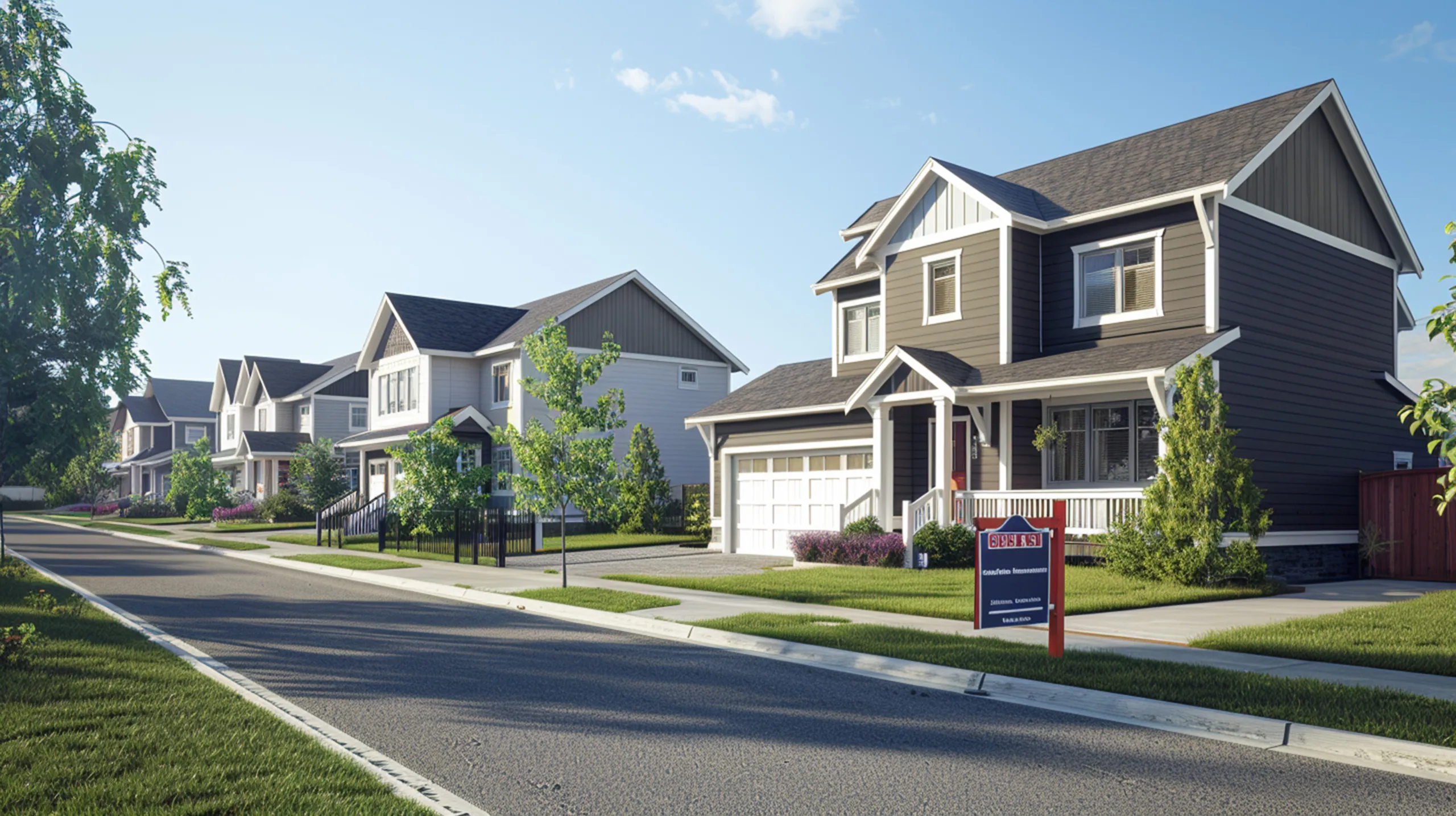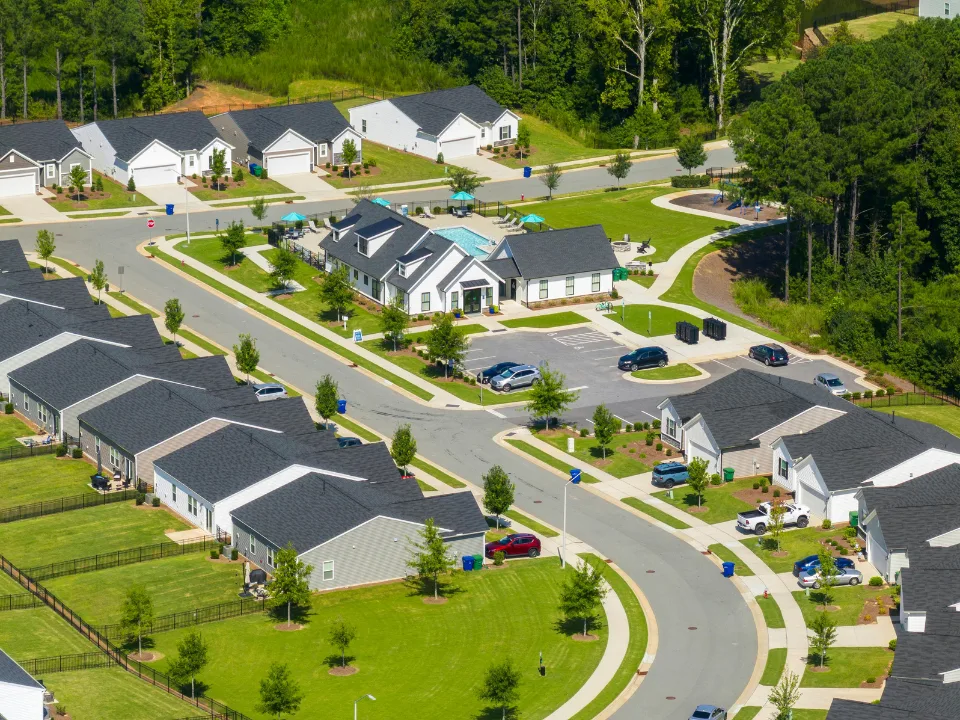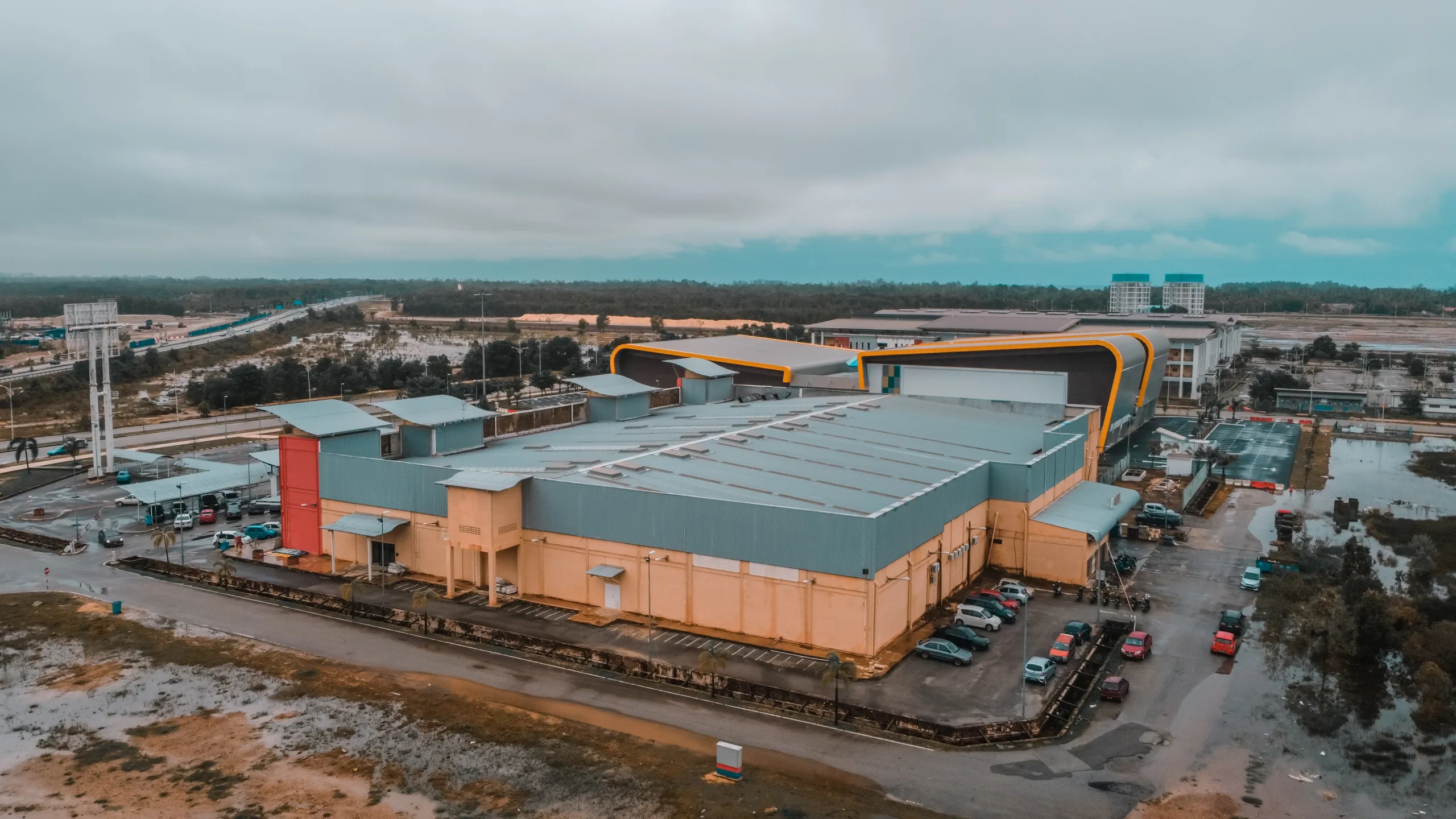- Rising property taxes, insurance premiums, and repair costs are pushing older adults to consider renting over homeownership.
- The share of renters aged 65 and older has surged 30% in the past decade, reflecting a generational shift in housing preferences.
- Renting offers flexibility, freedom from home maintenance, and mobility—appealing to those downsizing or relocating to be closer to family.
As homeownership becomes more burdensome in later life, many older adults are rethinking the traditional “aging in place” mindset. Increasingly, they’re choosing to rent—not out of necessity, but preference, reports The WSJ.
Take Claire Kerr, a 64-year-old marketing manager, who opted to rent a two-bedroom home in a 55-plus community after selling her large family house in Ohio. For her, the appeal was simple: no more yardwork, no more costly repairs.
By The Numbers
Census Bureau data compiled by the National Investment Center for Seniors Housing & Care shows renters aged 65+ have increased by 30% in the past decade. That makes adults 55 and older the fastest-growing renter demographic in the US, according to real estate platform Point2Homes.
Get Smarter about what matters in CRE
Stay ahead of trends in commercial real estate with CRE Daily – the free newsletter delivering everything you need to start your day in just 5-minutes
What’s Driving The Shift
The combination of rising property taxes, costly home insurance, and escalating maintenance needs is making homeownership less attractive for many. Foundation cracks, old HVAC systems, and leaky sprinklers often come with significant out-of-pocket expenses that retirees would rather avoid.
As author and housing expert Ryan Frederick puts it, many older adults are asking, “Do I really need to own a house at this stage of my life?”
More Than Just Downsizing
Renting isn’t only about shedding SF. It’s about freedom—freedom to travel, relocate, or enjoy low-maintenance living. Developments like Avenida Carrollton in Texas and Dogwood Commons in Ohio cater to 55-plus renters. They offer features such as single-level layouts, attached garages, and social amenities. These communities provide a lifestyle free from the burdens of homeownership.
For example, Bruce and Patty Larson traded their longtime Texas home for a rental villa. While they miss certain aspects of their old life—his workshop, her garden—they’re relieved to be free from constant upkeep.
Weighing The Costs
Some retirees are paying more to rent than they did to own, but many find it worthwhile. Janet Webb, 76, pays $3,200 in monthly rent in her new 55-plus community. That’s more than double what she used to spend on homeownership costs. Still, she appreciates the peace of mind and simplicity it offers, especially with no heirs to manage her estate.
A Changing Retirement Landscape
The housing landscape for older adults has evolved beyond the binary choice of staying put or moving to assisted living. Today’s retirees can choose from luxury apartments, rental villas, and age-restricted communities designed for active living—no homeownership required.
Why It Matters
This trend reflects broader changes in how Americans age. People are living longer, family dynamics are shifting, and living costs are rising. As a result, many are prioritizing lifestyle and financial flexibility over the traditional pride of homeownership.
What’s Next
Expect the number of older renters to grow as more age-restricted rental communities come online. Developers are responding to growing demand among older adults. They’re offering more thoughtfully designed, maintenance-free living options. These communities cater to those seeking comfort, connection, and choice in their later years.
















